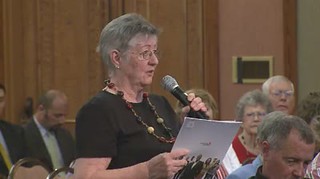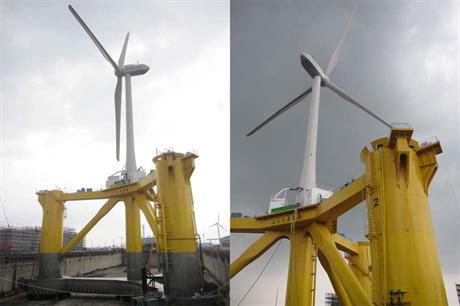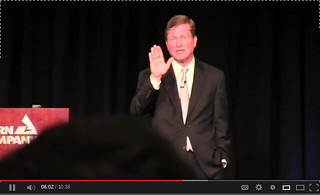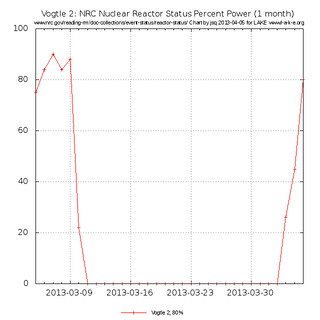Should we worry about those radioactive tuna off California? Should we raise radiation limits like EPA is proposing?
J. D. Heyes wrote for NaturalNews 30 May 2012, Fukushima radiation now detected in the U.S. food supply,
“I wouldn’t tell anyone what’s safe to eat or what’s not safe to eat,” Madigan told Reuters. “It’s become clear that some people feel that any amount of radioactivity, in their minds, is bad and they’d like to avoid it. But compared to what’s there naturally […] and what’s established as safety limits, it’s not a large amount at all.”
PR from Public Employees for Environmental Responsibility 8 April 2013, WHITE HOUSE APPROVES RADICAL RADIATION CLEANUP ROLLBACK: Civilian Cancer Deaths Expected to Skyrocket Following Radiological Incidents,
The White House has given final approval for dramatically raising permissible radioactive levels in drinking water and soil following “radiological incidents,” such as nuclear power-plant accidents and dirty bombs. The final version, slated for Federal Register publication as soon as today, is a win for the nuclear industry which seeks Continue reading










